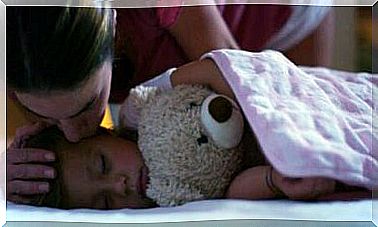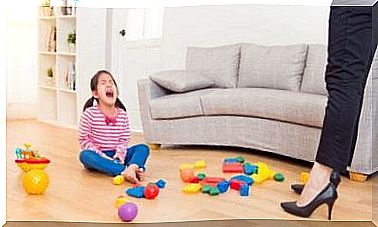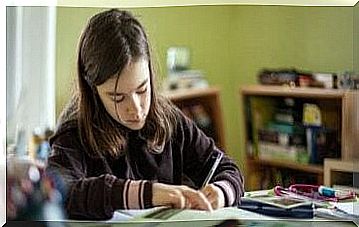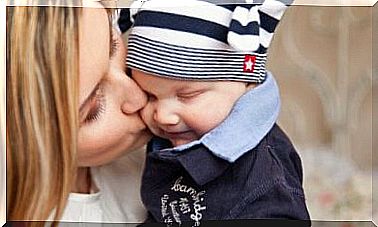Interaction Between Students In The School Environment – Being Parents
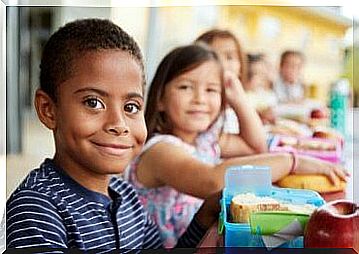
Establishing social relationships with peers during childhood and adolescence is essential to achieve optimal and balanced development. Therefore, starting in school, it is necessary to encourage interaction between students by improving their social, cognitive and linguistic skills.
In other words, schools must create spaces that allow collaboration and cooperation among students. In this way, the student body becomes an active resource in the learning process and grows in a climate of diversity in which different values are promoted:
- Acceptance
- The respect
- Inclusion
- Legality
Interaction between students in the school environment
According to Lewin Johnson, three types of structures can be defined, depending on the relationship established between academic goals and the influence of peers to achieve them:
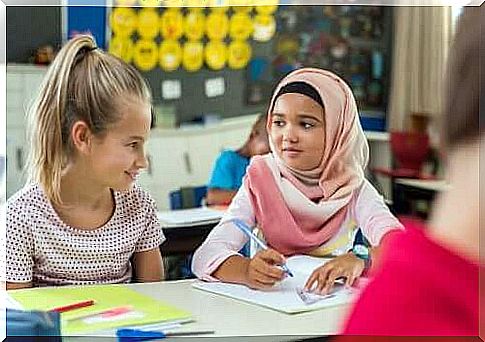
- Individualistic structure. Goals are individual, so the work of others does not influence the achievement of their own goals. In these cases, each pupil is personally rewarded according to his results, at the margin of those obtained by the other companions.
- Competitive structure. All students pursue the same goals, but these can only be achieved if other classmates do not meet them. In other words, it is based on an exclusion process in which one student receives the maximum reward and the others receive minor rewards.
- Cooperative structure. Common goals are set which can only be achieved if all students achieve them, so that the whole group benefits and is rewarded for the results achieved.
With this in mind, it can be said that the best way to encourage good interaction between students in the academic field is to apply a cooperative learning structure, far removed from the individualistic and competitive structure of the traditional school. It is therefore necessary to organize the classroom in such a way that the teaching function falls on both the teacher and the pupils.
Form heterogeneous groups
Interaction between students in a collaborative way involves improving the following aspects:
- Group cohesion
- Coexistence
- The teamwork
But, for this to happen, it is important that the groups created for cooperative work are:
- Reduced : from three to five students per group.
- Heterogeneous : made up of students with abilities, motivations, needs, etc. different.
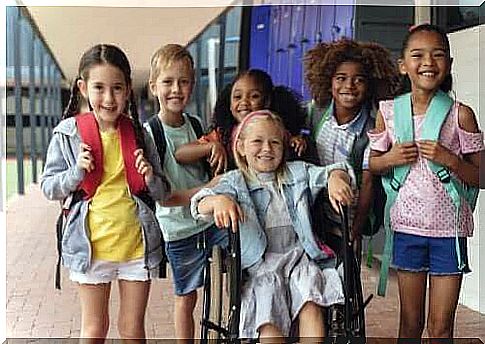
In this sense, it should be emphasized that in order to form such teams of different composition it is necessary to try to mix boys and girls in different groups. Compatibilities and possible incompatibilities between classmates should also be assessed. Once these considerations have been taken into account, the teacher should divide the students into three sub-groups:
- Those who are most able to help.
- Those who need more help with their homework.
- The rest of the students.
In this way, at least one of the students from each subgroup should be included in all the groups. For example, if a team of four is formed, it should ideally consist of one of the most capable, one student with certain educational needs, and two children who are average at school level.
Thus, the student body, in addition to acquiring academic knowledge, also acquires skills to socialize and deal with all kinds of people.

